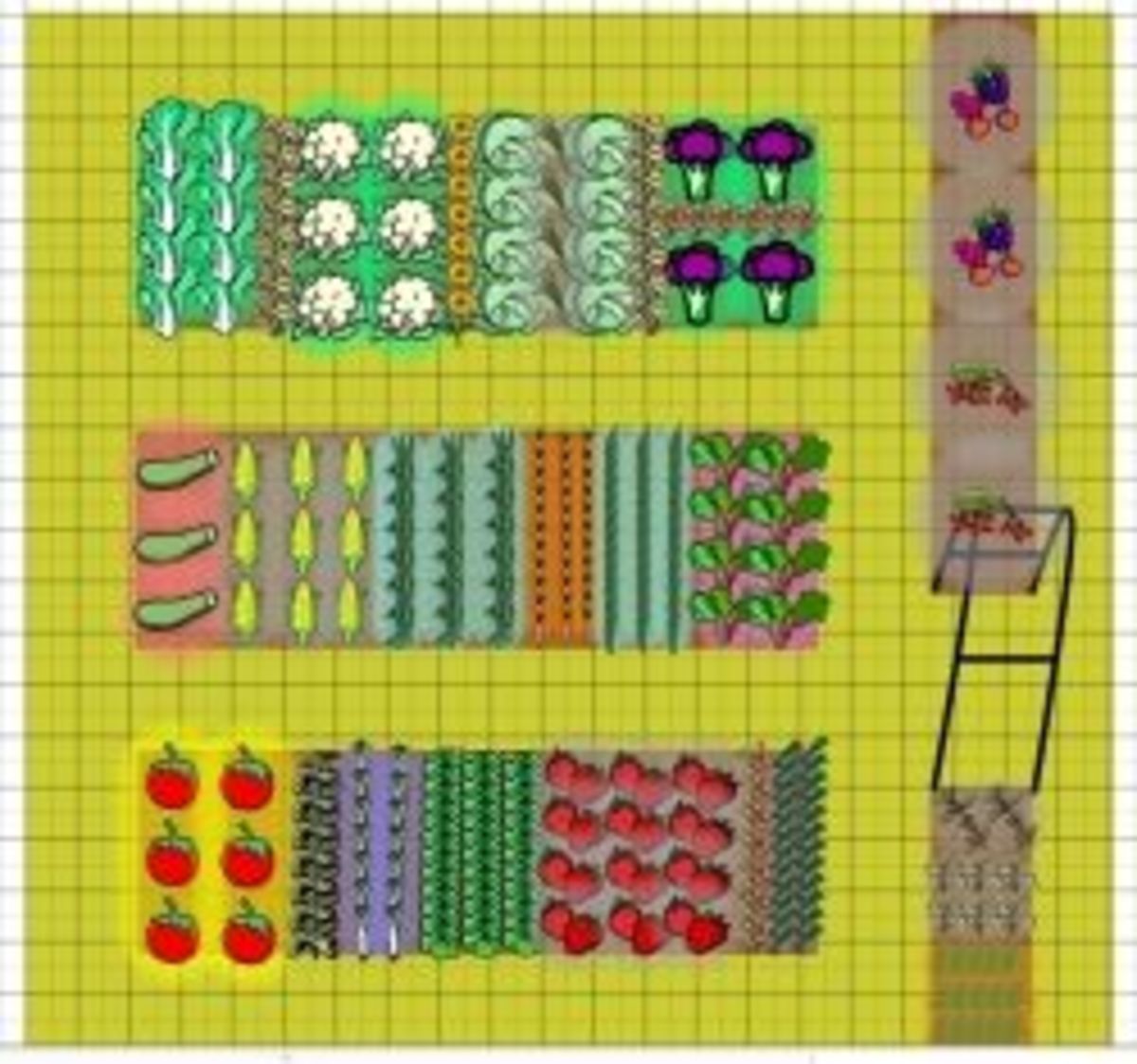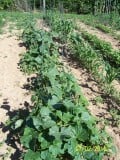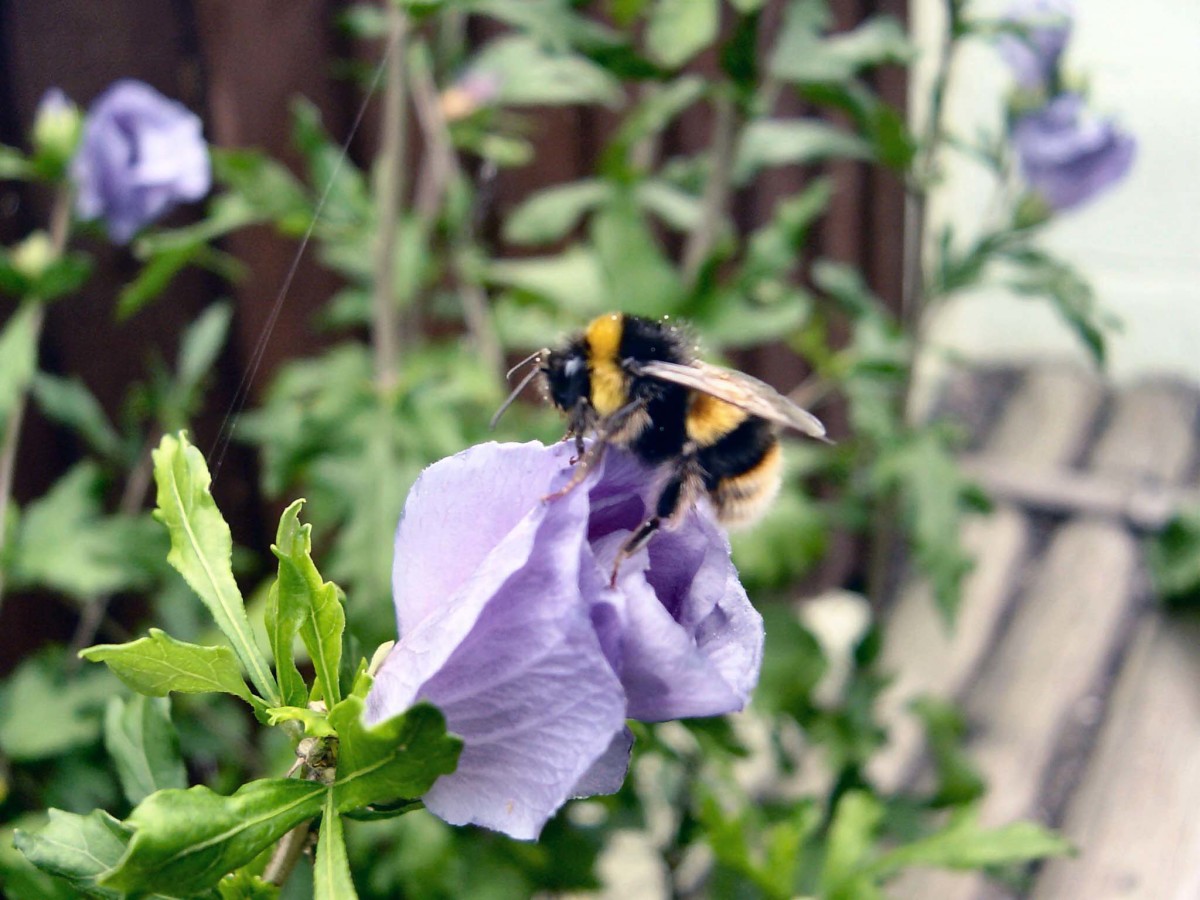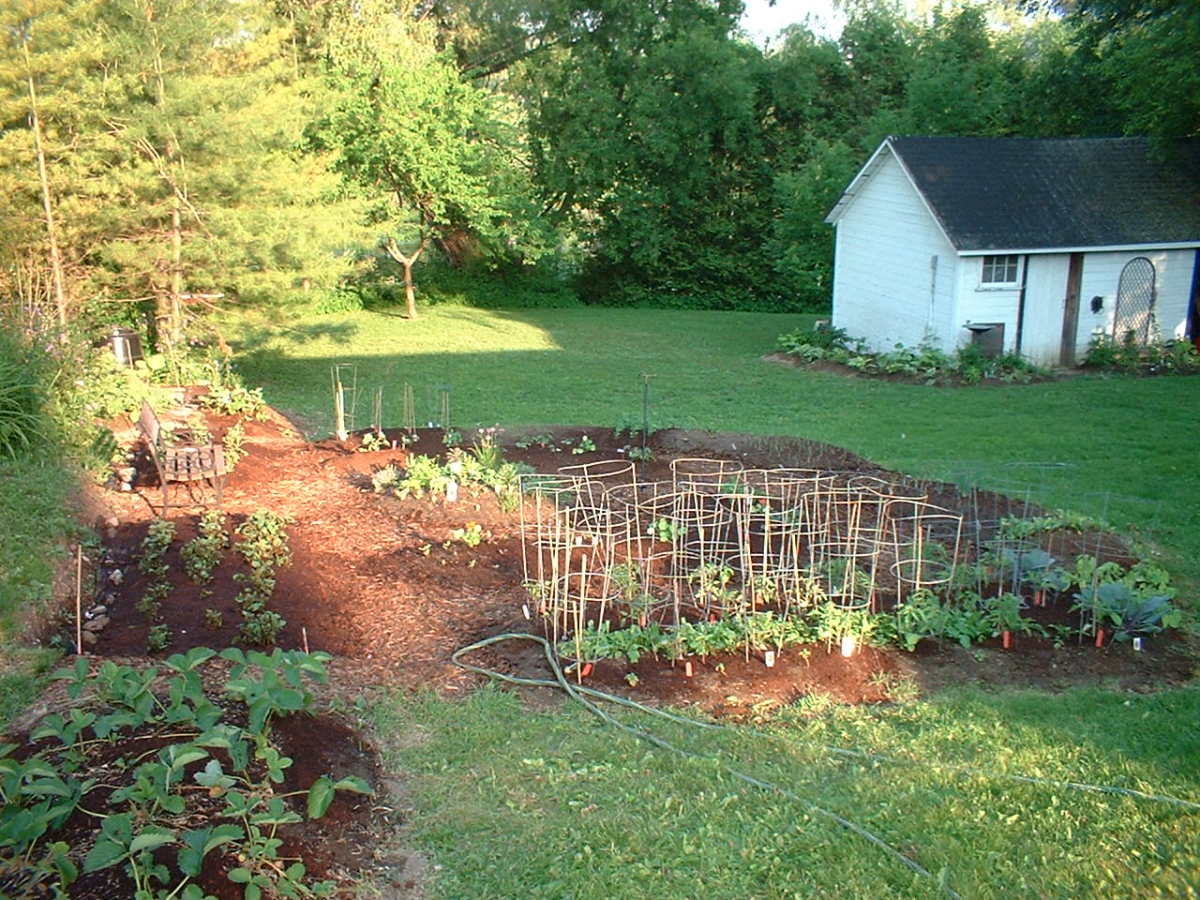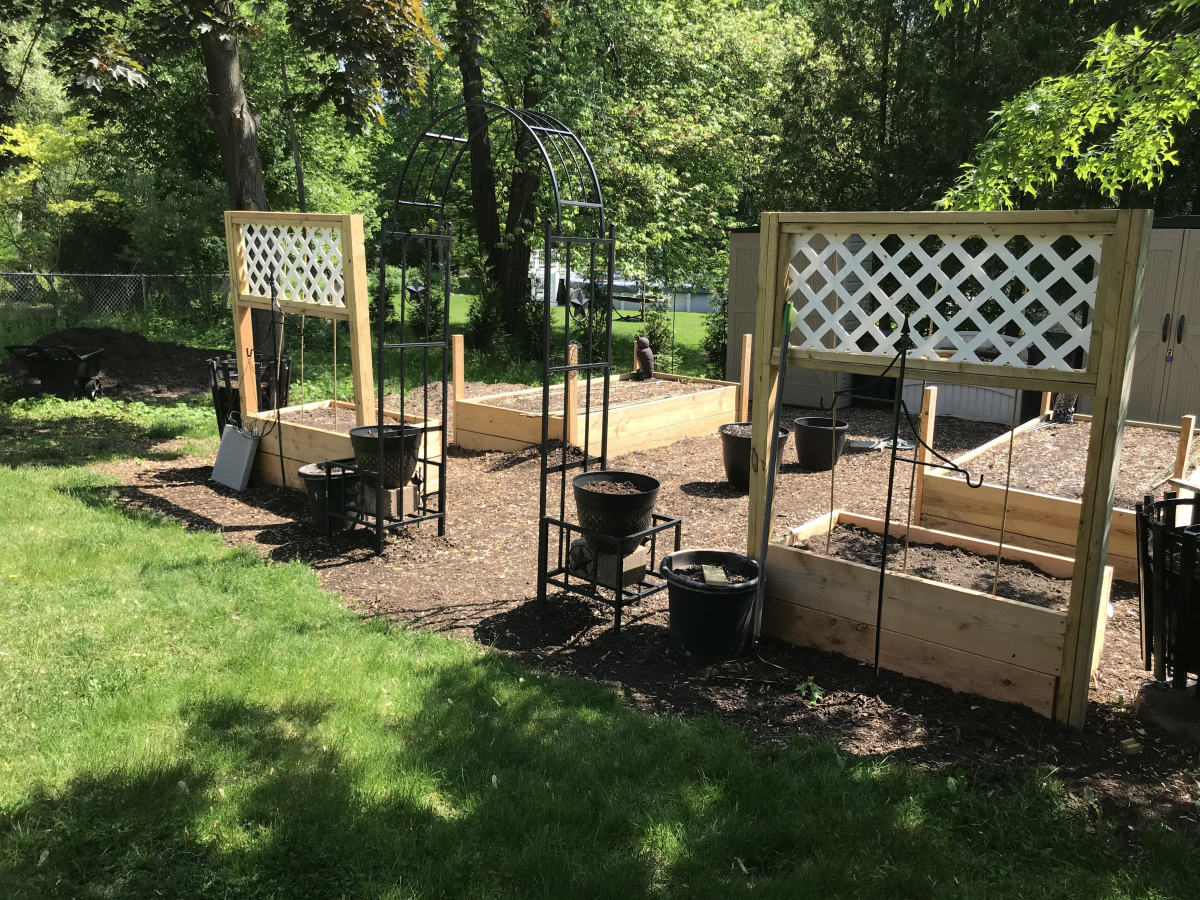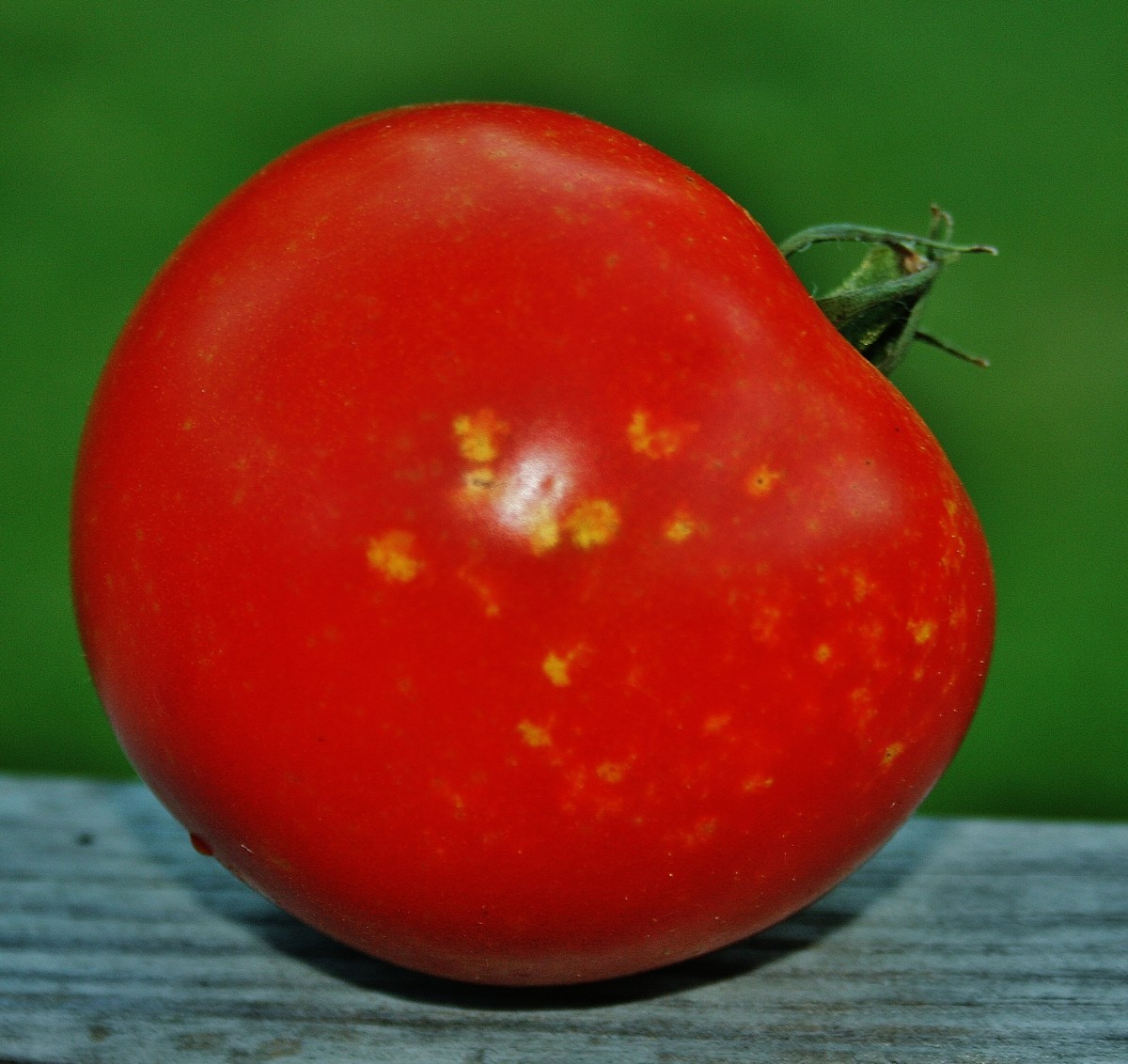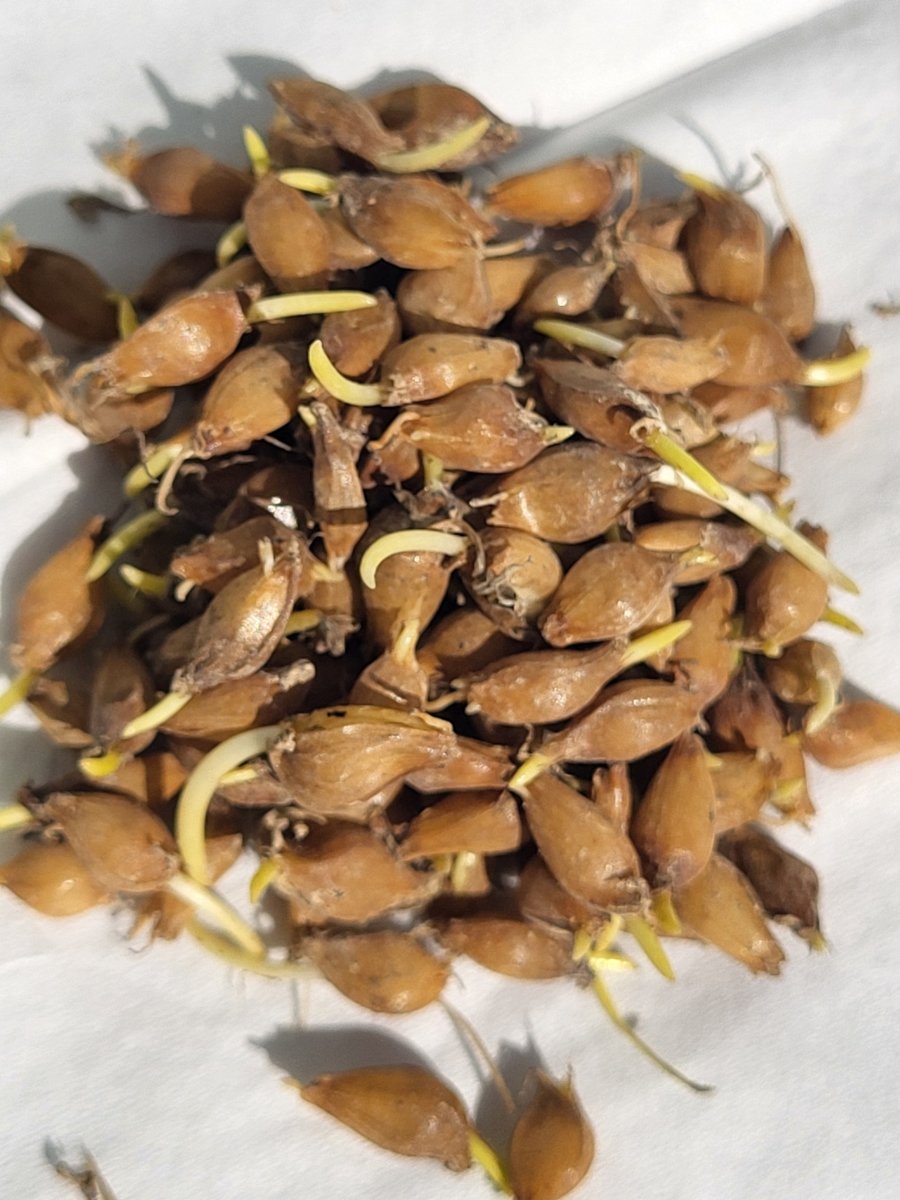Small Vegetable Garden Plans
Grow Your Own Lettuce All Year Long
Home Vegetable Garden
So you have decided to put in a home vegetable garden or what some would refer to as a Victory Garden. Victory gardens originally started during World War One to help feed the civilian population.
You may have been inspired to start your own garden by Michelle Obama. From what I saw on the news, she was going to need a lot of help. But after the fluff of the first few days, I have not been able to find any pictures or updates about how it is doing.
The first thing you have to do is draw up some garden plans. This is done by finding out what parts of your yard have sunlight for at least six hours a day. Vegetables will need six hours a day to grow properly. Some will need more.
I suggest you put in raised garden beds. These are also called "no dig gardens." The idea is to use landscape timbers, lumber or cement products to build a raised bed that is from nine to twelve inches high.
Once the raised bed is built, you can put down landscape fabric (not plastic) to help keep grass and weeds from growing up from the bottom of the raised bed. Then you fill your raised bed with a mixture of compost and dirt, leaving about two to three inches at the top for a layer of landscape fiber or mulch of your choosing as long as it is not rubber.
Vegetable Garden Raised Beds
Once the raised bed is built, you can put down landscape fabric (not plastic) to help keep grass and weeds from growing up from the bottom of the raised bed. Then you fill your raised bed with a mixture of compost and dirt, leaving about two to three inches at the top for a layer of landscape fiber or mulch of your choosing as long as it is not rubber.
Then you have to figure out what to grow. Will you be growing fruits? Will you be growing vegetables? What is the difference you ask.
Is a tomato a fruit or a vegetable? The question to ask is, "Does it have seeds that are eaten as part of the fruit? If the answer is yes, then the tomato or any plant food that has seeds, are considered a fruit.
Tomatoes, squash, cucumbers could be considered a fruit. But what about apples--it has seeds but we do not eat the seeds, but we call it a fruit. Well, I am not ready or willing to get very technical. As long as it taste good who really cares what it is called? Right?
You may want to try growing strawberries, sunflowers or any vegetable or fruit, but I would recommend that you start with green beans, tomatoes and sunflowers. These are usually the easiest to grow for a beginner.
Cherry Tomato Plants
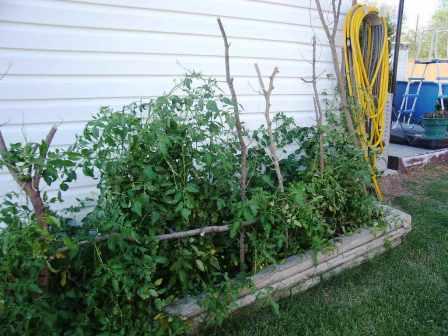
Sowing Seeds
Generally the best results are accomplished when seeds are put in the ground when the ground has warmed up to about seventy degrees and the outside air temp is around seventy to seventy five. These conditions will usually give the seeds the best chance for germinating.
Germination is the process by which the seed sprouts or comes up through the ground. It is setting roots, stalk and its first leaves.
You can buy some plants at the store and mother them in the house until the temperatures are just right, but transplanting can be tricky. Green beans should not be transplanted but grow directly in the ground.
Many people will buy their tomato plants early and plant after the last frost. Then they may get their first tomato a few weeks before the person who plants the seeds directly into the ground. To me it is not worth the extra effort or cost, so I just plant right into the ground when the time is right.
There are many types of tomatoes, green beans and sunflowers. I encourage you to get a catalog from a good company like Park Seed or Johnny's Seeds and read it and see what you want to start with.
Growing a garden is like raising a child. It will require a lot of time, attention and patience but is very rewarding.
This hub is sponsored by David's Garden Seeds and Products.
Good Luck.
No Dig Bed
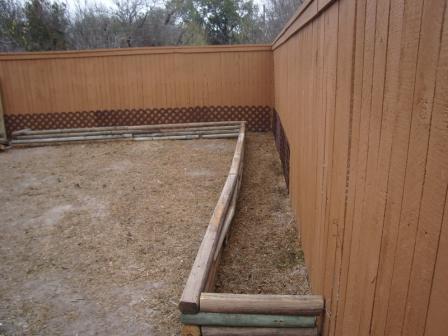
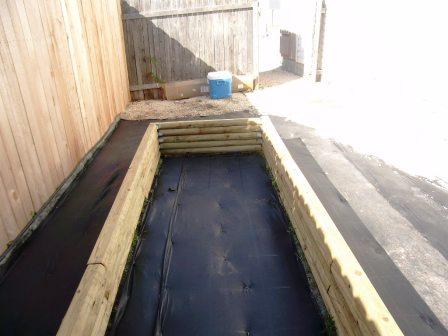
Sunflower Plant and Brick Raised Bed
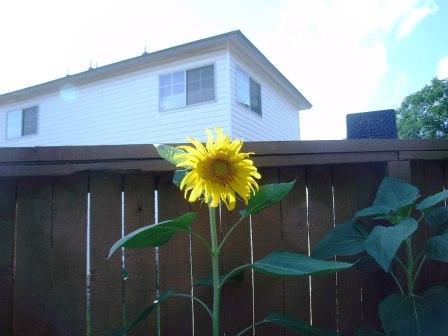
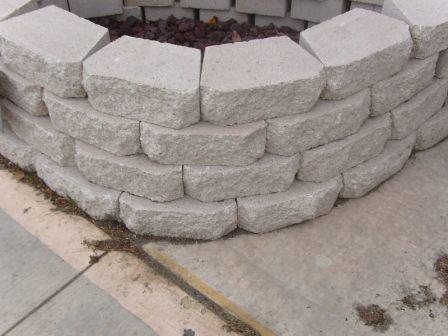
Sunflower Seeds
© 2009 David Schulze



